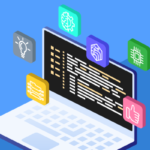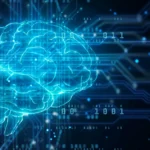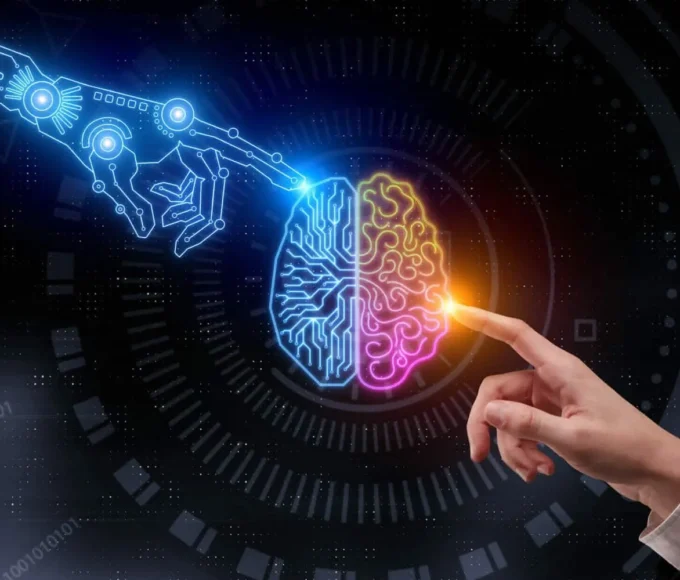In an increasingly digitized world where data breaches and cyber threats loom large, the demand for robust security solutions has never been more urgent. Traditional security measures are no longer sufficient to combat the sophisticated tactics employed by malicious actors. Enter AI-assisted security solutions, a ground-breaking advancement in the realm of cybersecurity that leverages the power of artificial intelligence to fortify defences and mitigate risks.
The Rise of AI in Security:
Artificial intelligence (AI) has emerged as a game-changer in various industries, and cybersecurity is no exception. AI brings unparalleled capabilities to the table, including the ability to analyze vast amounts of data at lightning speed, detect anomalies, and adapt to evolving threats in real-time. These characteristics make AI an invaluable ally in the ongoing battle against cyber threats.
Key Components of AI-Assisted Security Solutions:
AI-assisted security solutions encompass a range of technologies and techniques designed to bolster security across diverse digital environments. Some key components include:
- Machine Learning Algorithms: Machine learning lies at the heart of AI-assisted security solutions. By analysing patterns in data, machine learning algorithms can identify potential security breaches, anomalies, and suspicious activities. These algorithms continuously learn from new data, enabling them to improve their accuracy and effectiveness over time.
- Behavioural Analytics: AI-powered behavioural analytics tools monitor user behaviour and network activities to identify deviations from normal patterns. This proactive approach allows organizations to detect insider threats, compromised accounts, and other security issues before they escalate into full-blown breaches.
- Predictive Analytics: Predictive analytics harness the power of AI to anticipate and prevent security incidents before they occur. By analysing historical data and identifying trends, predictive analytics algorithms can forecast potential threats, enabling organizations to implement pre-emptive measures to mitigate risks.
- Natural Language Processing (NLP): NLP technologies enable AI-assisted security solutions to analyse and understand human language, including text-based communications such as emails, chat messages, and social media posts. By detecting sentiment, context, and intent, NLP can flag suspicious content and help organizations respond swiftly to potential threats.
- Automation and Orchestration: AI-driven automation streamlines security operations by automating routine tasks such as threat detection, incident response, and remediation. By reducing manual intervention, automation frees up valuable time and resources, allowing security teams to focus on high-priority tasks and strategic initiatives.
Benefits of AI-Assisted Security Solutions:
The adoption of AI-assisted security solutions offers numerous benefits for organizations seeking to enhance their cybersecurity posture:
- Improved Threat Detection: AI-powered algorithms excel at identifying subtle indicators of compromise that may elude traditional security measures, enabling organizations to detect and respond to threats more effectively.
- Faster Incident Response: By automating repetitive tasks and providing real-time alerts, AI-assisted security solutions help organizations respond to security incidents with greater speed and efficiency, minimizing the impact of breaches and reducing downtime.
- Enhanced Scalability: AI-driven security solutions are highly scalable, capable of analyzing vast volumes of data across complex IT infrastructures without sacrificing performance or accuracy.
- Reduced False Positives: Machine learning algorithms continuously refine their models based on feedback, resulting in fewer false positives and a more accurate detection of genuine security threats.
- Adaptive Defense Posture: AI-assisted security solutions adapt to evolving threat landscapes, ensuring that organizations remain resilient in the face of emerging cybersecurity challenges.
Challenges and Considerations:
While AI-assisted security solutions offer compelling advantages, they are not without challenges and considerations. Some key factors to keep in mind include:
- Data Privacy and Compliance: The use of AI in security operations may raise concerns about data privacy and compliance with regulatory requirements such as GDPR and CCPA. Organizations must implement appropriate safeguards to protect sensitive information and ensure compliance with relevant regulations.
- Algorithm Bias and Fairness: Machine learning algorithms are susceptible to bias, which can result in discriminatory outcomes or inaccurate predictions. Organizations must carefully evaluate and mitigate bias in AI models to ensure fairness and equity in security practices.
- Cybersecurity Skills Gap: The implementation of AI-assisted security solutions requires specialized expertise in AI, machine learning, and cybersecurity. Addressing the cybersecurity skills gap is essential to maximize the effectiveness of these technologies and harness their full potential.
- Integration Challenges: Integrating AI-assisted security solutions into existing IT infrastructure can be complex and challenging. Organizations must carefully plan and execute the integration process to minimize disruption and ensure seamless interoperability with existing security tools and systems.
Looking Ahead:
As cyber threats continue to evolve in sophistication and scale, the role of AI in cybersecurity will only become more prominent. AI-assisted security solutions empower organizations to stay one step ahead of cybercriminals, safeguarding their data, assets, and reputation in an increasingly digital world.
By harnessing the power of AI, organizations can build resilient security postures capable of defending against the threats of today and tomorrow.
















Leave a comment